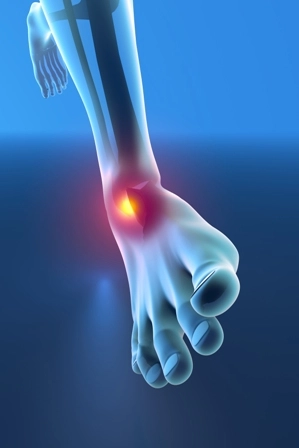Get Specific with Limb Pain Dx
Question: A patient reports for treatment of limb pain. What steps should I take to arrive at the most accurate diagnosis? Alaska Subscriber Answer: First, you’ll need to try and get some more specifics from the provider about the area and type of limb pain; the symptoms you describe are too vague to select an accurate ICD-10 code with — unless you want to select the very ambiguous M79.60- (Pain in limb, unspecified), which is the overarching code for all your limb pain ICD-10 codes. So, let’s take your example and drill deeper, for instructional purposes. Encounter notes indicate a diagnosis of limb pain. You ask the provider for more details, and he notes the pain was in the patient’s right arm. On the claim, you’d report M79.601 (Pain in right arm) for the diagnosis. Don’t stop at that level of granularity, however, if the provider has more info on the limb pain. For example, if the notes indicate that the pain is in the upper part of the patient’s right arm, you’d choose M79.621 (Pain in right upper arm). With limb pain patients, things can get tricky if a patient presents with specific pain in different areas of the same limb. In these cases, you want to report the most specific diagnosis code — or codes — possible. Example: Encounter notes indicate that the physician performed a level-three evaluation and management (E/M) service for an established patient with a final diagnosis of left upper arm pain and left forearm pain. In this instance, you would be best served to report: Explanation: Some coders might just select M79.602 (Pain in left arm) for the patient in this example, but you should take your diagnosis coding a step further if at all possible. One of the perks of ICD-10 is that it allows for greater specificity when identifying a patient’s injury or illness, which leads to better patient outcomes. Patients with limb pain will be better off if you can illustrate the exact areas of their pain via ICD-10.




